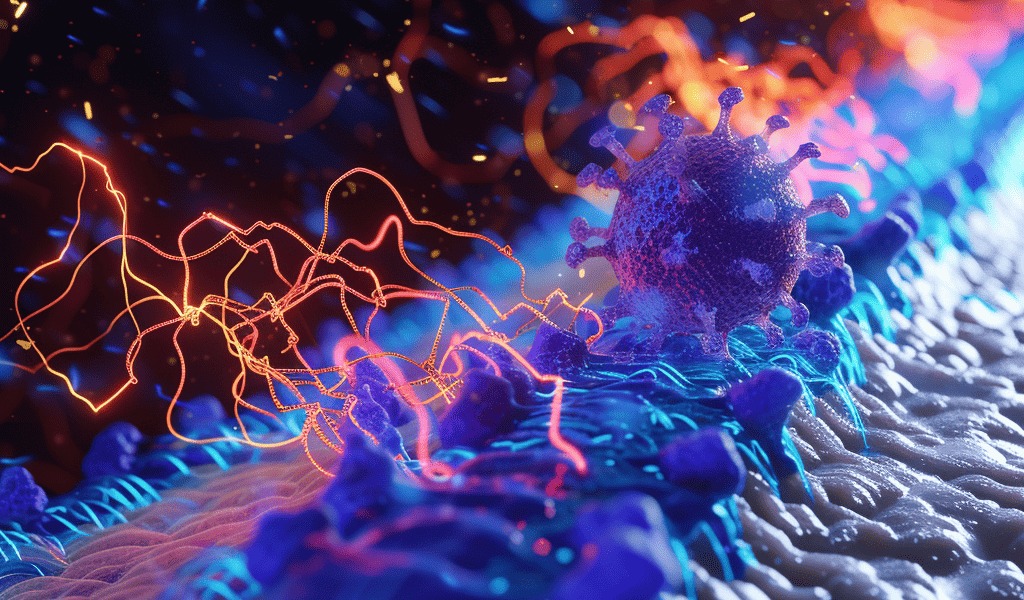An intriguing discovery has been made by scientists regarding the electric fields of cells and their ability to repel nanoparticles, especially those with little or no electrical charge. The findings, published in the Journal of the American Chemical Society, shed light on the significant implications this phenomenon could have for drug design and delivery.
Cell membranes, often overlooked for their potential, have been found to possess a remarkable capability to repel nano-sized molecules. This discovery was made by a team of scientists, including researchers from the National Institute of Standards and Technology (NIST), who utilized artificial membranes to mimic the behavior of natural ones.
The study has revealed that the powerful electric fields generated by cell membranes play a crucial role in repelling nanoscale particles from the cell surface. Particularly, this repulsion affects neutral and uncharged nanoparticles due to the smaller charged molecules, attracted by the electric field, crowding the membrane and pushing away the larger particles.
Given that numerous drug treatments are designed around proteins and other nanoscale particles targeting the membrane, the observed repulsion could significantly impact the effectiveness of these treatments. The findings provide the first direct evidence that the electric fields are responsible for the repulsion, prompting the scientific community to pay greater attention to this effect.
David Hoogerheide, a physicist at the NIST Center for Neutron Research (NCNR) and one of the paper’s authors, emphasized the implications of this discovery for drug design and delivery. He pointed out that the repulsion and the resulting crowding exerted by smaller molecules are likely to influence the interaction of weakly charged molecules with biological membranes and other charged surfaces, thereby impacting drug design and delivery.
The implications of this groundbreaking discovery are far-reaching, potentially leading to advancements in drug design and delivery strategies. Understanding the behavior of cell membranes and their interaction with nanoparticles could pave the way for more effective and targeted drug treatments, ultimately benefiting the field of medicine and patient care.





